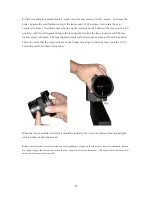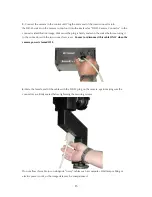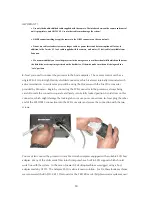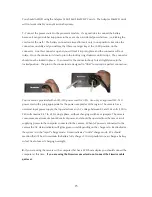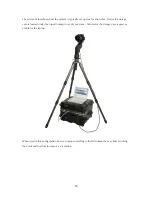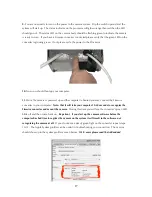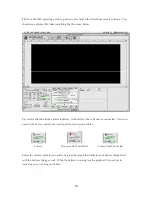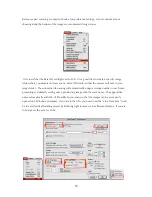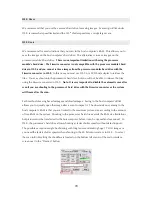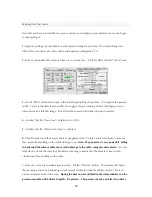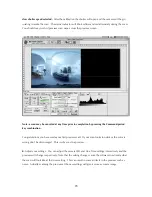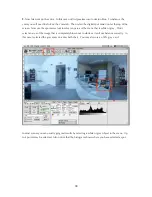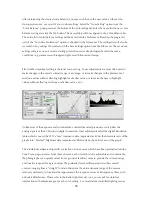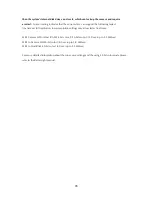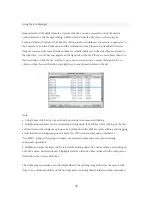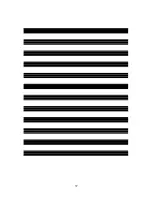
26
After determining the desired color balance, you may wish to save the new values, either as the
startup preferences, or as part of your custom settings. Select the “New Setting”
option from the
“Color Balance”
popup menu at the bottom of the Colo
r
tab panel. Enter the name for the new color
balance setting and click the
OK
button. The new setting will now appear in the Color Balance
list.
The entire list of color balance settings will be saved into the Preferences file when the program
is
quit (if the “Auto Save Preferences”
option is checked in the File
menu). The settings list will also be
recorded in any settings file created with the Save Settings
option from the Fil
e
menu. These custom
settings will give you an accurate starting point when you make photographs under the same
conditions (e.g. panorama with tungsten lights or with fluorescent lamps).
10.
Another important setting is the tonal curve setting. Tonal adjustments are most often used to
make changes in the overall contrast range of an image, or to make changes to the placement of
mid-tone values without affecting highlight or shadow values (or to make changes in highlight
values without affecting mid-tone or shadow values, etc.).
Unlike most of the exposure and color balance controls discussed previously, which alter the
analog signals of the CCD prior to digital conversion, tonal adjustments affect the digital translation
tables which convert the CCD’s “raw” luminance data (expressed as EV on the horizontal axis of the
graph) into “finished” brightness data (expressed as RGB units on the vertical axis of the graph).
The ViewFinder software ships with a selection of tone curves which have been preloaded into the
Tone Curve pop-up menu. From these choices, each of which is fully adjustable and re-nameable,
the photographer can quickly select from a group of familiar curves to provide the contrast range
and tonality required for a given setup. The preloaded curves differ primarily in their overall
contrast, ranging from a “straight” function that spans the entire dynamic range of the camera
relatively uniformly, to functions that approximate the response curves of transparency films, such
as Kodak Ektachrome. Please refer to the Better Light manual,
tone_curves.pdf
for detailed
information with sample images of each curve setting. For most indoor controlled lighting scenes
Summary of Contents for MARK TWO
Page 1: ...PANOSCAN MARK TWO OPERATION MANUAL V1 1 ...
Page 37: ...37 ...

